Where To Buy A Baby Hanbok Online: Joteta
Last Updated on December 20, 2024
The first time most families look into buying a Hanbok is when their child is turning 100 days old or celebrating their first birthday. To celebrate the occasion and to hold a Dol Ceremony, the first purchase is a baby Hanbok. If you’re abroad, that can be a bit tricky as there are far less retailers than you can find if you’re in Korea. That said, online shopping is become the standard and it’s getting easier and easier whether you’re in Korea or abroad to get everything you need with just a click of a button.
I’ve been asked again and again from readers abroad where to buy a baby Hanbok online and I finally have a good answer. Recently, I had occasion to get a baby Hanbok. No, I don’t have another little wee one you haven’t seen, but I do have friends with babies that are about to hit that 100 day mark and in steps Joteta with some just beautiful Hanboks for babies.
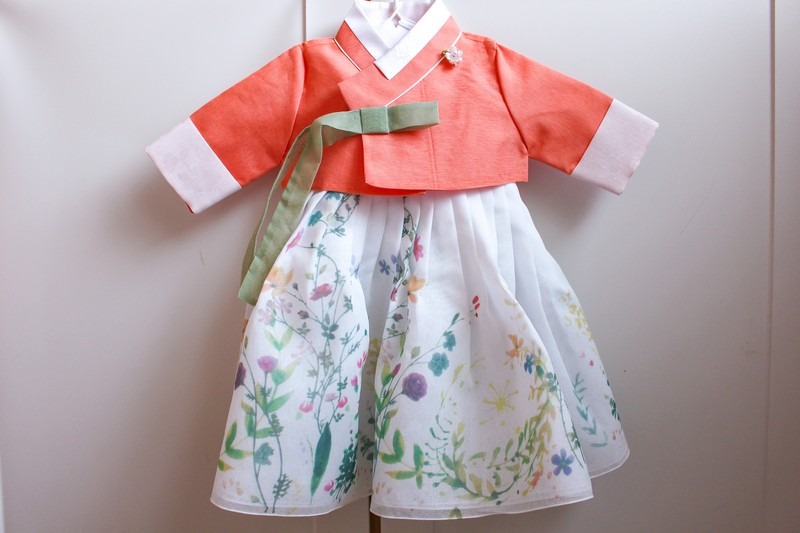
Need a Hanbok for your baby? Here is what you should know:
- A Brief History Of Hanboks In Korea
- A Brief History On Dol Ceremonies In Korea
- A Baby Hanbok
- What Do Hanbok Colors Represent
- My Joteta Review
(This post contains affiliate links, which means I receive a certain percentage of a sale if you purchase after clicking at no cost to you. Thank you for your support.)
A Brief History Of Hanboks In Korea
The Hanbok has roots dating back to the Three Kingdoms Period in Korea from 57BC to 668AD, though the Hanboks most often seen for rental and purchase around Seoul are from the last dynasty in Korean history, the Joseon Dynasty which reigned from 1392 to 1910.
Hanboks were designed as daily clothing and thus the shape and simplicity of the roomy skirt and easy tie top made it easier to move and work.
Traditionally the colors and patterns held significant meanings like the class and marital status of a person. Commoners wore white cotton most of the time or possibly pink, green, or grey of the occasion suited while the upper class had a wide range of vibrant colors to choose from. Noblemen and women wore more colors in their Hanbok, but there were strict rules governing the use of these colors. Children and young girls could wear bright colors, but older women wore more subdued shades. Unmarried women wore a red skirt and yellow jacket, and married women wore green and red or blue after they had given birth to a son. This is something I myself learned when I first purchased my Hanbok though today, there are less rules and many Koreans have even forgotten.
Members of the royal family got the most choice in Hanbok colors and patterns. Queens wore images of phoenixes, kings wore fire, dragons, mountains, or water plants, and princesses wore butterflies, cranes and lotus flowers.
Many of these patterns could only be worn by members of the royal family and when they were worn, they were probably done in gold leaf which no one else could afford anyway. You can make gold-leaf patterns when you visit Seoul today if you’d like though. It’s quite the experience.
By the 19th century more western imports meant that the Hanbok went out of fashion in favor of western-style suits and dresses. Today, Hanboks are commonly only worn during traditional ceremonies like Jesa during the Lunar New Year and Chuseok holiday periods and at weddings.

I personally wore a Hanbok for my entire Korean wedding ceremony but these days brides often wear a western-style white wedding dress and only wear the Hanbok during the Paebaek ceremony that includes a piggy-back ride. Imagine jumping on your husbands back in a tight white dress! Often, adults don’t even own their own Hanbok anymore. While I own one traditional Hanbok that my mother-in-law helped me purchase at Gwangjang Market prior to our wedding and three modern Hanboks, most adults don’t even own one.
Renting Hanboks are much more common and you can do that everywhere from touristy neighborhoods to residential neighborhoods. If you’re headed to Bukchon Hanok Village and want to rent a traditional Hanbok, check out Oneday Hanbok. They have a great selection, a variety of sizes, and make it super easy. Want to go all out, dress up, and get a photographer to traipse around with you taking photos? Definitely head to Hanboknam. Make sure to reserve your time in advance so the photographer is on hand and ready for you.
A Brief History On Dol Ceremonies In Korea
The Dol ceremony or doljanchi is a Korean tradition that is done at the 100 day mark or on the first birthday of a child. The ceremony is meant to bless the child with a prosperous future.
In the past, not all babies would make it through their first 100 days. In fact, families wouldn’t even introduce their babies to neighbors or friends until after the 100 days because of this as well. This is also why people in Korea will still look a bit aghast if you’re walking around outside with your baby before 100 days has gone by.
The highlight of the Dol ceremony is the doljabi which is when the child chooses an item from a selection of items and this will foretell their future. Joteta also has various items and doljabi sets on their site which would be helpful on the occasion.
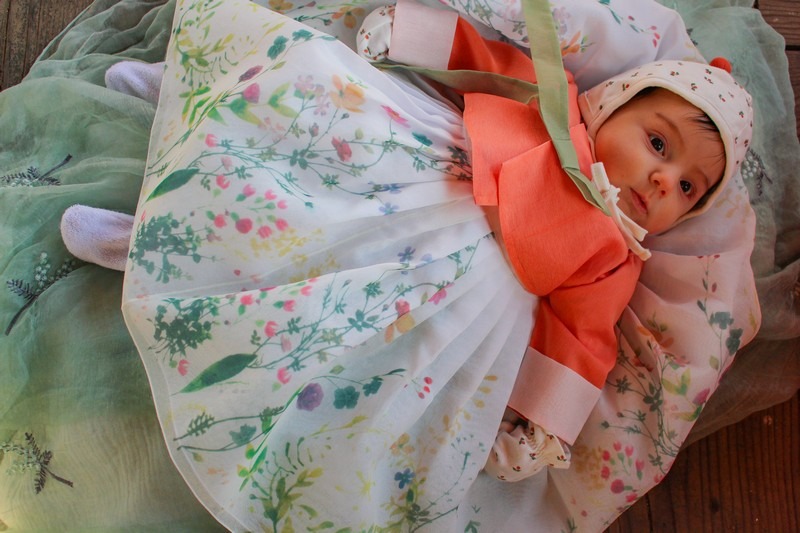
A Baby Hanbok
Baby Hanboks are similar to adult Hanboks in what they come with. Note there are different styles depending if you have a boy or girl and some items are add-ons like shoes, hats, and accessories. Here are the items that you’ll want to note and should be included or might just be additional when you are looking around.
A Baby Girl Hanbok comes with:
- The Jeogori (저고리): This is a short jacket that has ribbon decorations. While the adult Jeogori is usually tied with those ribbons, the baby Hanboks usually come with snaps so the ribbon is just a sewn on decoration which makes it much easier to get it on the little ones.
- The Chima (치마): This is the skirt which is actually more of a dress as you’ll notice since there is an upper portion with arm holes that goes on under the jacket. There are different kinds of chimas: single-layered, double-layered, and quilted. My adult one is one layered but that’s because there is separate under part. For the baby Hanboks from Joteta, they are double layered and the back has Velcro again to put it on and off easily.
- The Jobawi (조바위): Note that the Hanbok hat for boys and girls is different. Back in the historic days, a Hanbok hat as shown above was difficult and expensive to make so it was only used in the family of royalty and nobles. Fortunately, this hanbok hat is available to most, and parents now have the opportunity to gift their baby girl this hanbok hat which represents prosperity and the parent’s wish to bless their baby with prosperity and everything else good. This is also a separate purchase from the Hanbok set as again, many children won’t wear hats. Another option, which you can also find on Joteta and if you were here in Korea, are cute headbands which might be a better option.
- Hanbok Shoes: The shoes may or may not be included in sets depending where you purchase from. On Joteta these are additional items and this is likely because in all reality, your child will probably never wear them. Hanbok shoes are adorable and can be keepsakes but most likely will go unworn however they are available for purchase.
Here, you can see the adorable baby girl Hanboks available on Joteta.
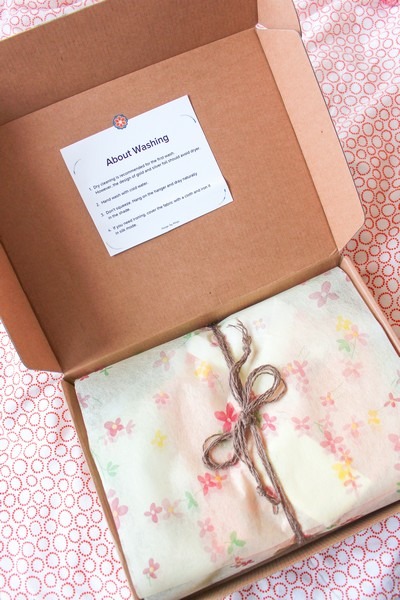
A Baby Boy Hanbok comes with:
- The Jeogori (저고리): While the name is the same as the girls, the boy’s jeogori is a longer jacket that has a ribbon decorations. While the adult Jeogori is usually tied with those ribbons, the baby Hanboks usually come with snaps so the ribbon is just a sewn on decoration which makes it much easier to get it on the little ones.
- The Baji (바지): Instead of a skirt, boys have pants. For adults, they usually have a tie waste but for the kiddo version, they are usually elastic to pull up and over easily.
- The Doryungmo (도령모자): Note that the Hanbok hat for boys and girls is different. Back in the historic days, a Hanbok hat as shown above was difficult and expensive to make so it was only used in the family of royalty and nobles. Fortunately, this hanbok hat is available to most, and parents now have the opportunity to gift their baby girl this hanbok hat which represents prosperity and the parent’s wish to bless their baby with prosperity and everything else good. This is also a separate purchase from the Hanbok set as again, many children won’t wear hats.
- Hanbok Shoes: The shoes may or may not be included in sets depending where you purchase from. On Joteta these are additional items and this is likely because in all reality, your child will probably never wear them. Hanbok shoes are adorable and can be keepsakes but most likely will go unworn however they are available for purchase.
Here, you can see the beautiful baby boy Hanboks available on Joteta.

What Do Hanbok Colors Represent
Traditionally, the different colors stood for different things however these days, most people just choose whichever color suits them. For the Hanbok we decided to get the orange which represents enthusiasm. That said, it’s also just a pleasant color that my friend likes. For some other ideas on what the different colors represent though, here are some colors that you can find on the Joteta site and what they represent:
- Sky blue represents luxury, clearness, and purity.
- Pink represents love, kindness, and femininity.
- A combination of yellow and red represents a strong character with a friendly and positive attitude.
- Green represents youth in the Korean culture.
- Pink and yellow give the impression of femininity and optimism.
- Red represents powerful vitality such as the sun, fire, and blood, and means the fullness of positive energy.
- Blue represents the east, which is where the sun rises and everything begins.
- Orange represents enthusiasm, fascination, and happiness – it provides the impression of creativity and determination on the wearer.

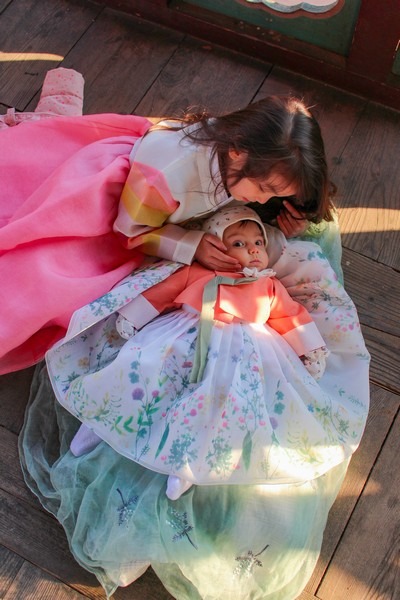
My Joteta Review
The Hanboks available on Joteta are absolutely adorable and if you’re in the market for a Dol Hanbok, then this is definitely a trustworthy site to choose with just beautiful quality products. The Hanbok that we received for baby Aurelia was beautifully made and delicate at the same time. The material is exactly what you want to see in a Hanbok, and trust me, I know my Hanboks.
It was easy to put on the babe and she was comfortable and had room to move freely if she wanted… though she’s not moving too much just yet. Joteta specializes in Hanboks for babies and children and the Dol Hanboks are available in sizes that would fit a baby that is 100 days old, turning 1 or 2. There was a lovely little pin that was attached on the lapel which I also thought was just a lovely little touch for a baby Hanbok.
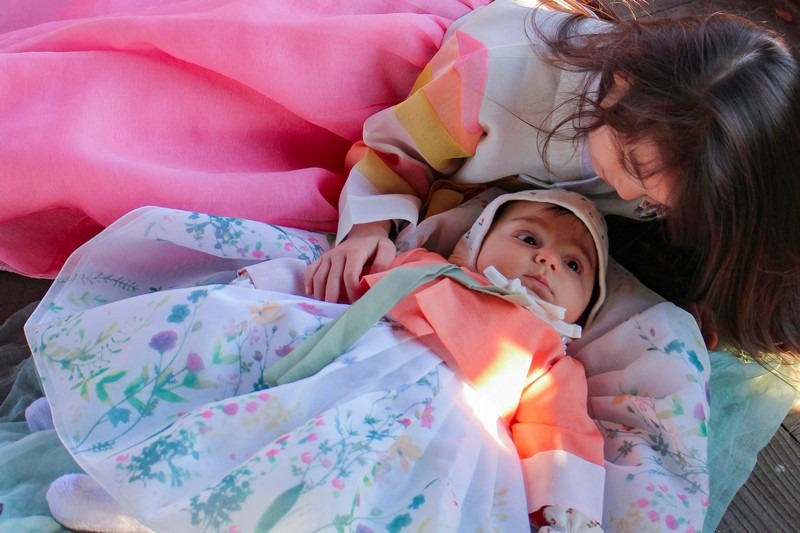
We got the 100 days size which fits her perfectly right now. If you’re unsure about size though, one thing my mother-in-law taught me for our first Hanbok was to get the bigger size and you can always just pin up the skirt and pin in the sleeves in a pinch.
This Hanbok is definitely an item that after the Dol ceremony, you’d want to hang on to and have as a keepsake that you could pass on to the next generation of babes in your family. So far, I’ve kept all of Ava’s Hanboks because they’re just too lovely to part with. I hope that one day, she’ll be able to use them for her little ones.
Did you like this post? Pin It!
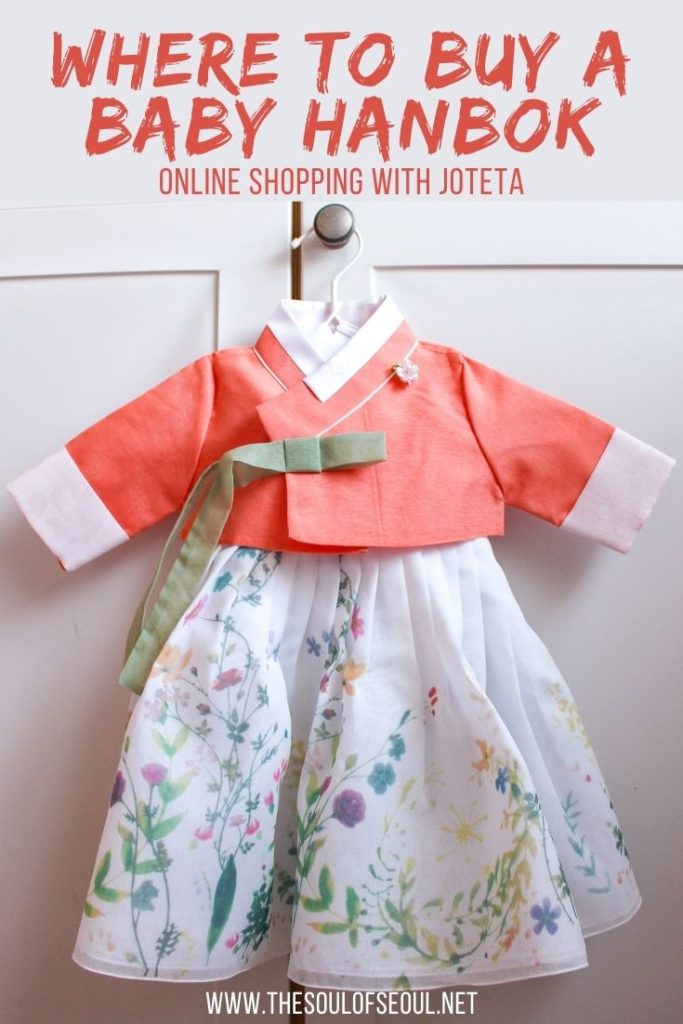
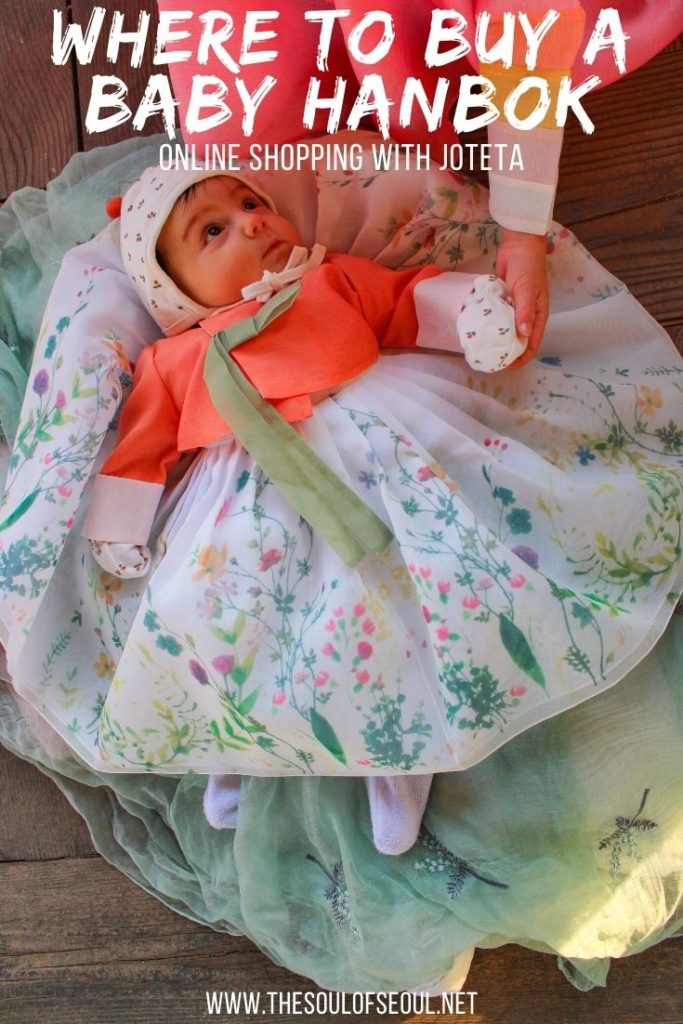
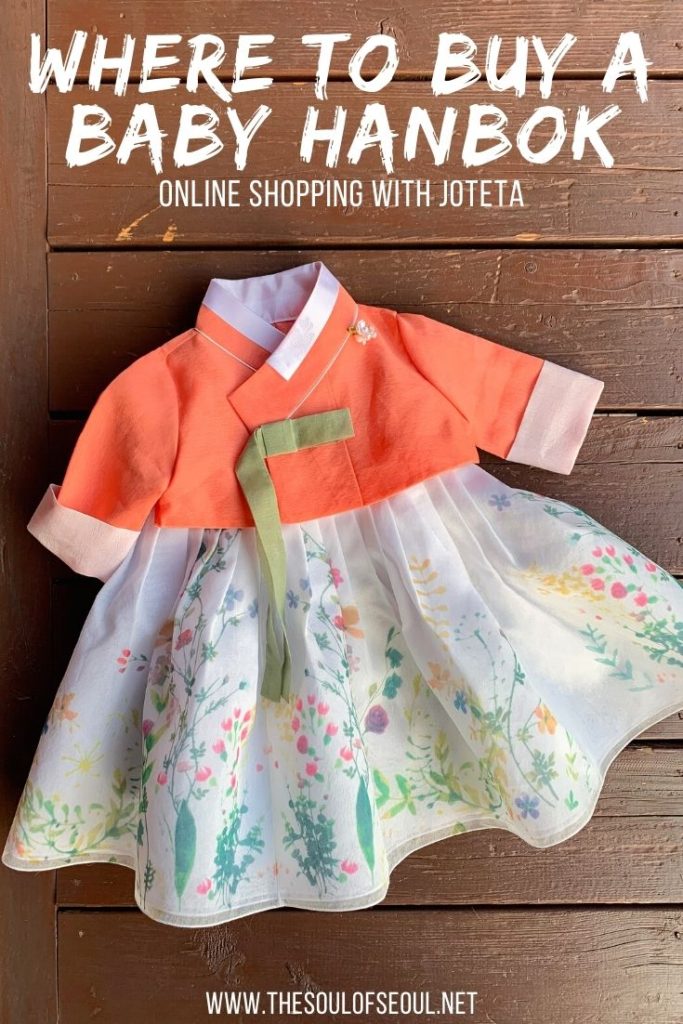
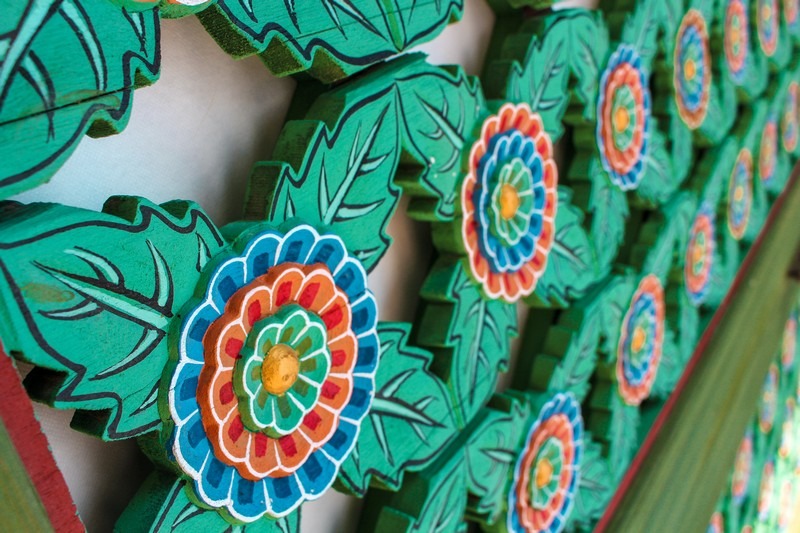
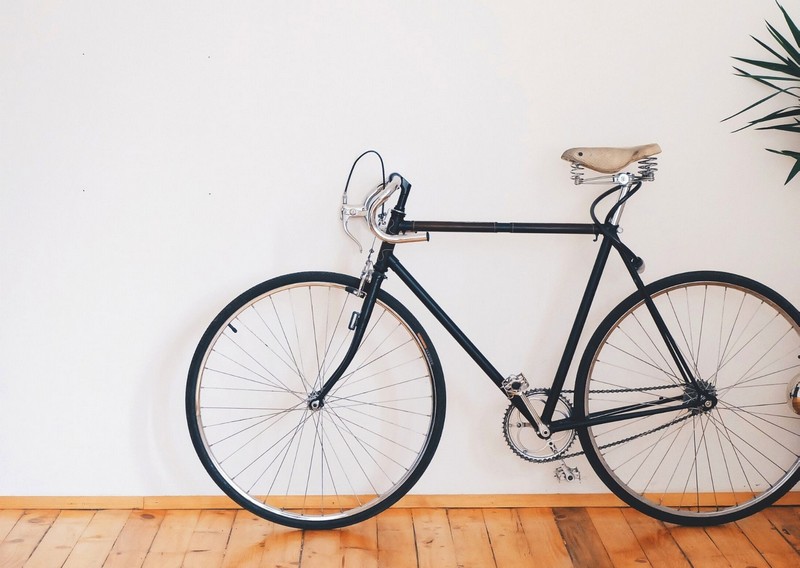
One Comment
Roman
This hanbok is BEAUTIFUL. I think we can wear it beyond Seollal.
You can make gorgeous outfits with Jeogoli and Baji!
With the flower baji, I’ll see a clear sleeveless top. Excellent to be the prettiest baby in the park.
With the jeogoli? Dark blue pants. It cuts the coral color and gives an attractive, refined style!
But, let’s be realistic. Even if the outfit is not complete, it’s still a particular outfit. No hanbok babies in the sandbox!
Excellent post Hallie